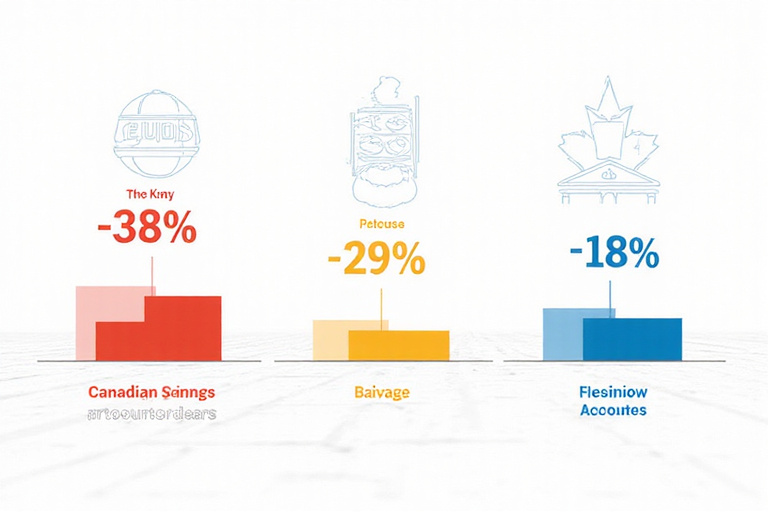Frequently Asked Questions
Improving your credit score is essential for better financial opportunities. Here are proven strategies:
- Pay bills on time: Payment history accounts for 35% of your score. Set up automatic payments to avoid missed deadlines.
- Reduce credit utilization: Aim to use less than 30% of your available credit. Paying down balances can significantly boost your score.
- Maintain old accounts: Length of credit history matters. Keep older accounts open even if you don't use them frequently.
- Limit new credit applications: Each hard inquiry can temporarily lower your score by a few points.
- Diversify credit types: A mix of credit cards, installment loans, and mortgages can help, but only apply for credit you need.
Monitoring your credit report regularly (you're entitled to one free report annually from each bureau) helps identify and dispute any errors that might be dragging your score down.
Canada offers several excellent savings account options depending on your financial goals:
High-Interest Savings Accounts (HISAs):
- EQ Bank Savings Plus Account: No monthly fees, unlimited transactions, and competitive interest rates.
- Tangerine Savings Account: Promotional interest rates and easy integration with other Tangerine products.
- Simplii Financial High Interest Savings Account: No minimum balance and free transfers.
Tax-Free Savings Accounts (TFSAs):
- Wealthsimple Cash Account: Combines saving and investing with tax advantages.
- RBC High Interest eSavings: Good option if you prefer banking with one of the big five banks.
For Students:
- CIBC Smart Account for Students: No monthly fees for students and includes unlimited transactions.
- Scotiabank Student Banking Advantage Plan: Includes free chequing and savings account combo.

RRSP (Registered Retirement Savings Plan)
- Contributions are tax-deductible
- Taxes are deferred until withdrawal
- Withdrawals are taxed as income
- Has contribution room based on income
- Ideal for higher income earners
TFSA (Tax-Free Savings Account)
- Contributions are not tax-deductible
- Growth and withdrawals are tax-free
- No tax on withdrawals
- Set annual contribution limit ($6,000 in 2023)
- Better for lower income earners or short-term goals
The best choice depends on your income level, retirement goals, and when you plan to access the funds. Many Canadians benefit from using both strategically.
Retirement savings targets vary based on your desired lifestyle, but here are general guidelines:
| Age | Savings Target | Annual Savings Rate |
|---|---|---|
| 30 | 1x annual salary | 10-15% |
| 40 | 3x annual salary | 15-20% |
| 50 | 6x annual salary | 20-25% |
| 60 | 8x annual salary | 25-30% |
Remember these are general guidelines. Consider consulting a financial advisor for a personalized plan based on your specific circumstances and retirement goals.
Did You Know?
The average Canadian household carries approximately $1.85 in debt for every dollar of disposable income. Building an emergency fund of 3-6 months' expenses can help avoid debt when unexpected costs arise.
Quick Tip
Automating your savings is one of the most effective ways to build wealth. Set up automatic transfers to your savings account right after payday to "pay yourself first."
Financial Health Check
Regularly review your financial statements, track your net worth, and assess your progress toward goals. A monthly "money date" can help keep your finances on track.
Need Personalized Advice?
Our financial experts can help you create a customized plan for your unique situation.
Contact Us